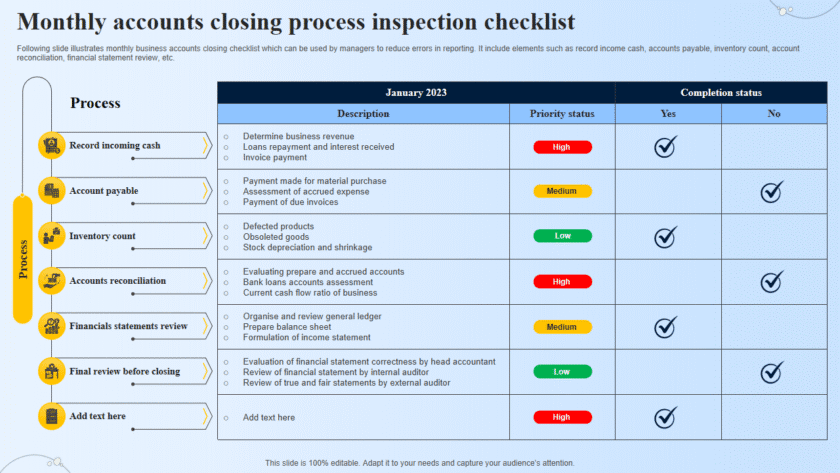15 Computer vulnerabilities you need to be aware of in order to stay safe using the internet: Examining the latest threats in the field of cybersecurity involves understanding a variety of sophisticated attacks and vulnerabilities. Here are some of the most significant current threats:
-
Ransomware Attacks
:
- Description: Malicious software that encrypts a victim’s data, demanding a ransom to restore access.
- Example: The Colonial Pipeline attack in 2021, which disrupted fuel supply in the United States.
-
Phishing and Spear Phishing
:
- Description: Fraudulent attempts to obtain sensitive information by disguising as a trustworthy entity.
- Example: Targeted spear-phishing emails aimed at executives (also known as “whaling”) to steal confidential information.
-
Zero-Day Exploits
:
- Description: Attacks that exploit previously unknown vulnerabilities in software before developers can patch them.
- Example: The Pegasus spyware, which used zero-day vulnerabilities to infiltrate mobile devices.
-
Advanced Persistent Threats (APTs)
:
- Description: Prolonged and targeted cyber attacks aimed at stealing data or surveilling a system over an extended period.
- Example: State-sponsored hacking groups targeting government and corporate networks.
-
Distributed Denial-of-Service (DDoS) Attacks
:
- Description: Overwhelming a network, service, or website with a flood of internet traffic to render it unusable.
- Example: The Mirai botnet attack, which used IoT devices to launch massive DDoS attacks.
-
IoT Vulnerabilities
:
- Description: Exploiting weaknesses in Internet of Things devices, which often lack robust security measures.
- Example: Hijacking smart home devices to create botnets or access private networks.
-
Man-in-the-Middle (MitM) Attacks:
- Description: Intercepting and altering communication between two parties without their knowledge.
- Example: Eavesdropping on unencrypted Wi-Fi communications to steal login credentials.
-
Insider Threats
:
- Description: Threats originating from within the organization, often by employees or contractors with access to sensitive information.
- Example: Employees leaking confidential data either maliciously or unintentionally.
-
Supply Chain Attacks
:
- Description: Compromising a third-party vendor to gain access to a primary target.
- Example: The SolarWinds attack, where hackers inserted malicious code into a widely used IT management software.
-
Cryptojacking
:
- Description: Unauthorized use of someone’s computer to mine cryptocurrency.
- Example: Injecting mining scripts into websites or exploiting software vulnerabilities to install mining malware.
-
Cloud Security Threats
:
- Description: Exploiting misconfigurations, vulnerabilities, or weaknesses in cloud services.
- Example: Data breaches due to improperly secured cloud storage buckets.
-
AI and ML Exploits
:
- Description: Using adversarial attacks to deceive machine learning models or leveraging AI for automated attacks.
- Example: Manipulating inputs to an AI system to cause it to misclassify data.
-
Social Engineering Attacks
:
- Description: Manipulating individuals into divulging confidential information.
- Example: Pretexting, where an attacker fabricates a scenario to gain access to information.
-
Deepfake Technology
:
- Description: Creating realistic fake images, audio, or videos to deceive individuals or organizations.
- Example: Generating fake video or audio recordings of public figures to spread misinformation.
-
Vulnerabilities in Critical Infrastructure
:
- Description: Targeting essential services like power grids, water supply systems, and healthcare facilities.
- Example: Attacks on hospital systems, as seen during the COVID-19 pandemic, to disrupt services and steal data.
Understanding these threats and implementing robust security measures is crucial for protecting individuals and organizations from potentially devastating cyber incidents.






